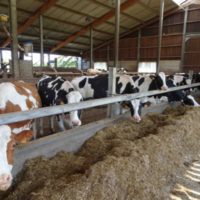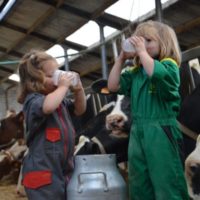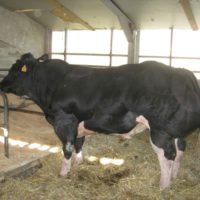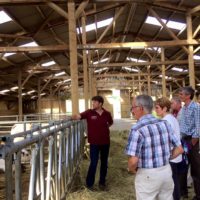Positive effects on dairy cows production by adopting a strategy of grazing in as maiden
Practice abstract
Description
In Capracotta, three brothers have developed a closed chain cheese production, “Pallotta Farm and Dairy”.
Two brothers specialize in producing milk from Brown Swiss cows, the other brother manages a cheese factory producing a high-quality cheese locally. The climatic conditions of this area make it difficult to manage the herd outdoors, the grass is of medium quality. There is continual high levels of animal feeding and welfare, but sometimes cows are not maintained in herd and cow longevity is compromised. The main cause for this is the variable feed grass quality, which influences milk production levels.
A conventional farm could not use these natural grasslands for grazing with dairy cows, because of the energy they would lose grazing the steep surfaces and the lack of herbage production.
Farmers decided to take advantage of these natural pastures by using it for grazing heifers. The farm rangeland surface is divided in 10 hectare paddocks. Annually, in early May, heifers from 7 or 8 to 20 months are turned out to these paddocks to graze till October.
Grazing in this natural grassland allows the young animals to become stronger and more rustic. Heifers are physically better prepared for their production life. By adopting this rearing strategy, the farmers can reduce costs but it results in cattle being more healthy and productive in their lactating life.
Abstract also available in:
Dutch | French | German | Italian | Polish | Swedish
Additional information
| Farming system | conventional farming |
|---|---|
| Domains of innovation | farm system |
| Main types of animal | dairy cattle |
| Country | |
| Product type | Practice abstract |
| Language | English |




